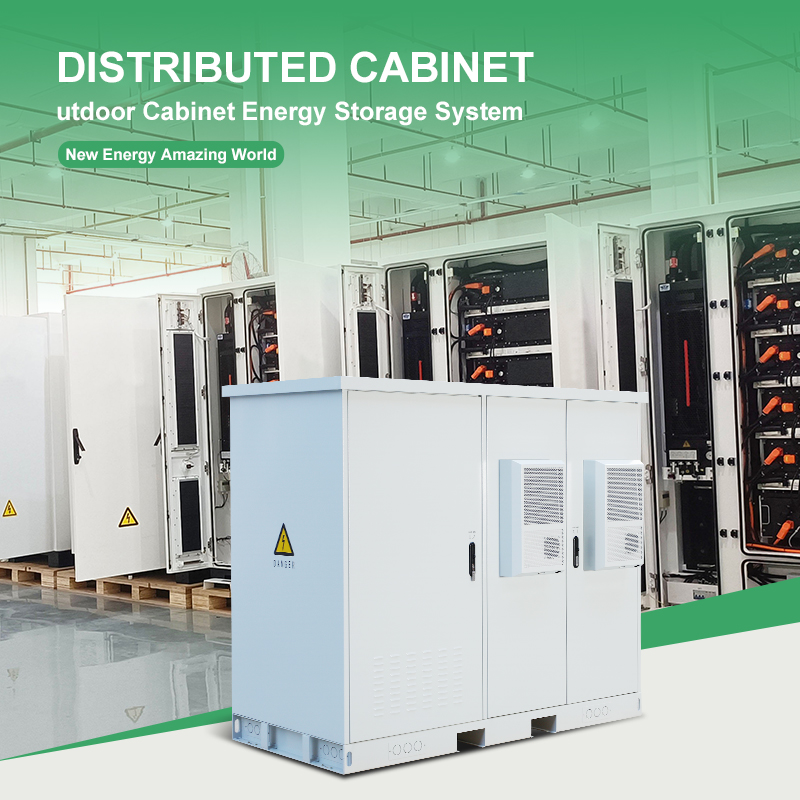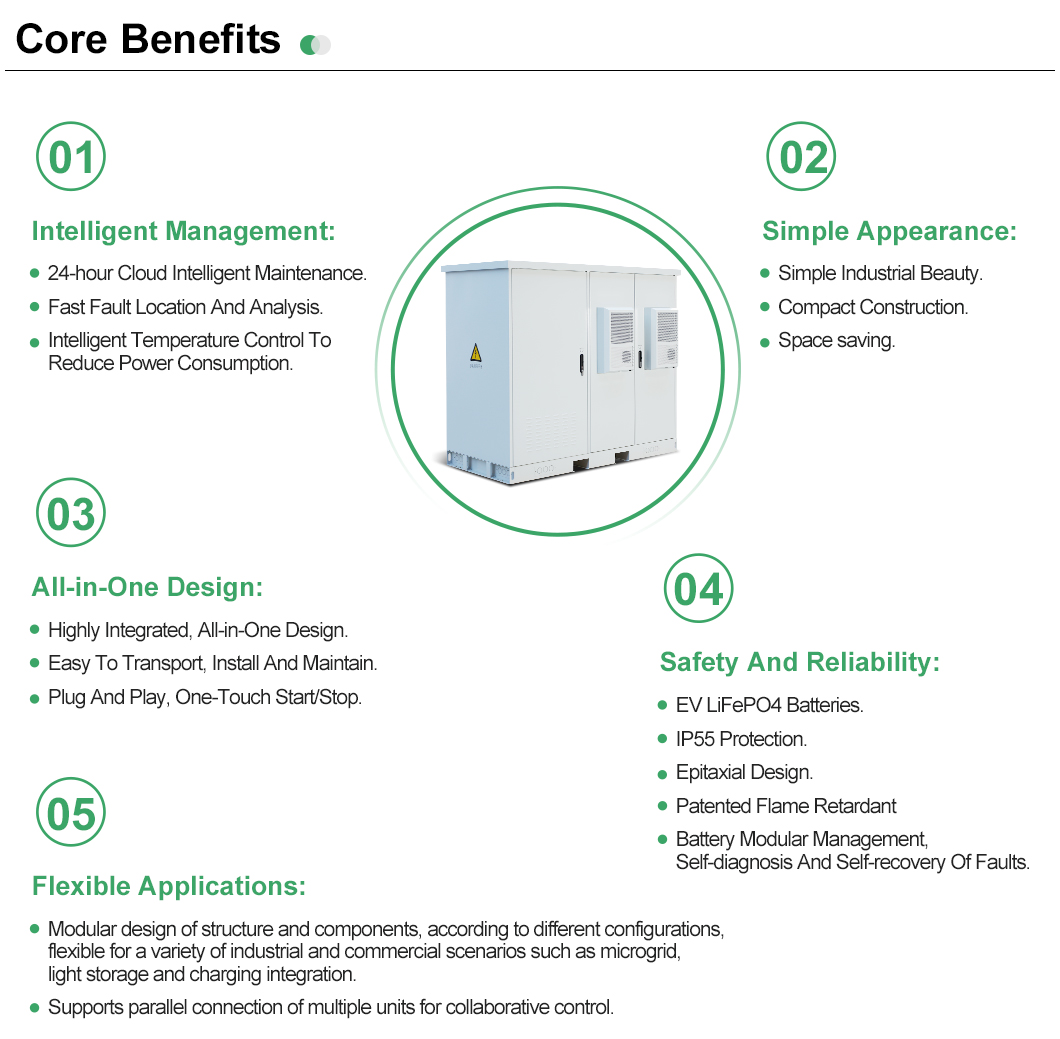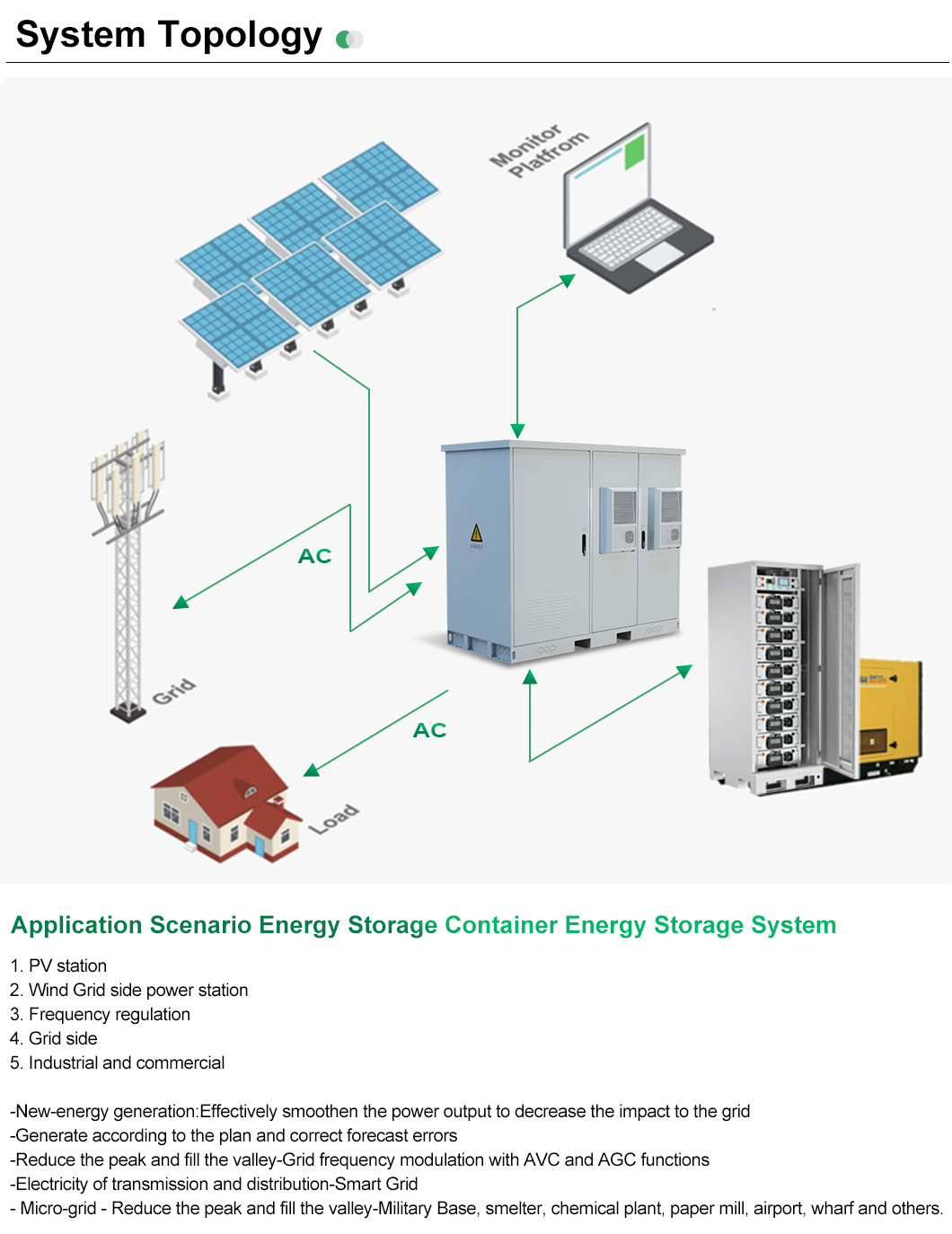Getting effective and reliable energy storage options is crucial in the current dynamic energy environment. Commercial energy storage system offer a crucial means of storing energy generated during low-demand periods and releasing it when demand is high. It is essential to delve into their components to understand these systems better.
In this post, we will explore each component of commercial energy storage systems in detail while highlighting their functions and importance within the overall system architecture. We will also delve into different types of commercial energy storage technologies available today, along with their respective advantages and limitations.


